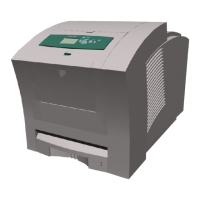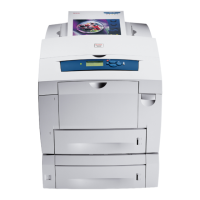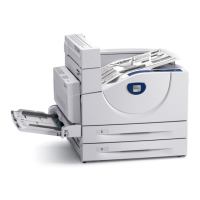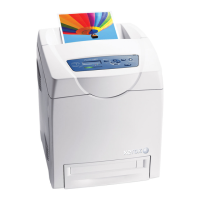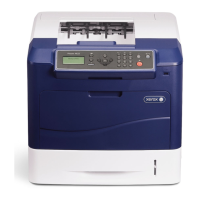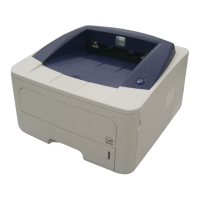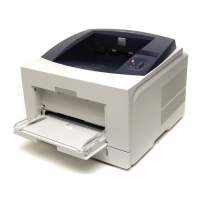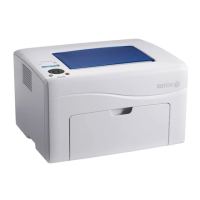General Troubleshooting 4-23
2 Initial average MP fe.
(mpts).
-1 to
1400
Reports the average MP fe
immediately following the pick
shaft engagement.
A higher value of R2 could
indicate extra friction between
the cams and the lift plate
followers (wear, contamination,
etc.), as well as high lift plate
spring tension or higher shaft
bearing drag. Also, if the missing
tooth gear did not kick forward
and engage, this value would be
unchanged from R0.
3 Transition MP fe min.
(mpts).
750 to
1800
Reports the minimum MP fe
value at the transition point
between breaking separator pad
contact and the continued
depression of the lift plate.
Value reflects the effort needed
to rotate the pick shaft and
compress the lift spring. A higher
value of R3 could show higher
cam/bearing friction and/or lift
plate spring strength.
4 Contact average fe. 120 to
2000
Reports the average MP fe while
the pick roller is contacting the
separator pad. This value should
reflect the coefficient of friction
between the separator pad and
the pick roller. This value may be
effected by contamination or
glazing.
5 Pushdown MP fe
max.
750 to
2000
Reports the peak MP fe during
the interval when the pick cams
are depressing the lift plate.
A higher value here could
indicate issues with the cam
surfaces or the spring
compression force.
6 Final average MP fe.
(mpts).
900 to
1500
Reports the average MP fe
following the re latching of the
missing tooth gear.
This value should be the same
as R0 if the missing tooth gear
successfully relatched.
Tray 1 Pick Shaft (Continued)
Runs the media path drive train and engages the tray 1 pick solenoid on the fly. The pick shaft
goes through two full revolutions while drive requirements are determined.
R# Definition
Typical
Value
(8400)
Typical
Value
(8500/
8550) Actions
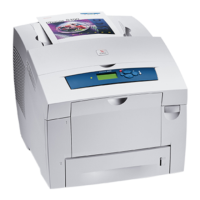
